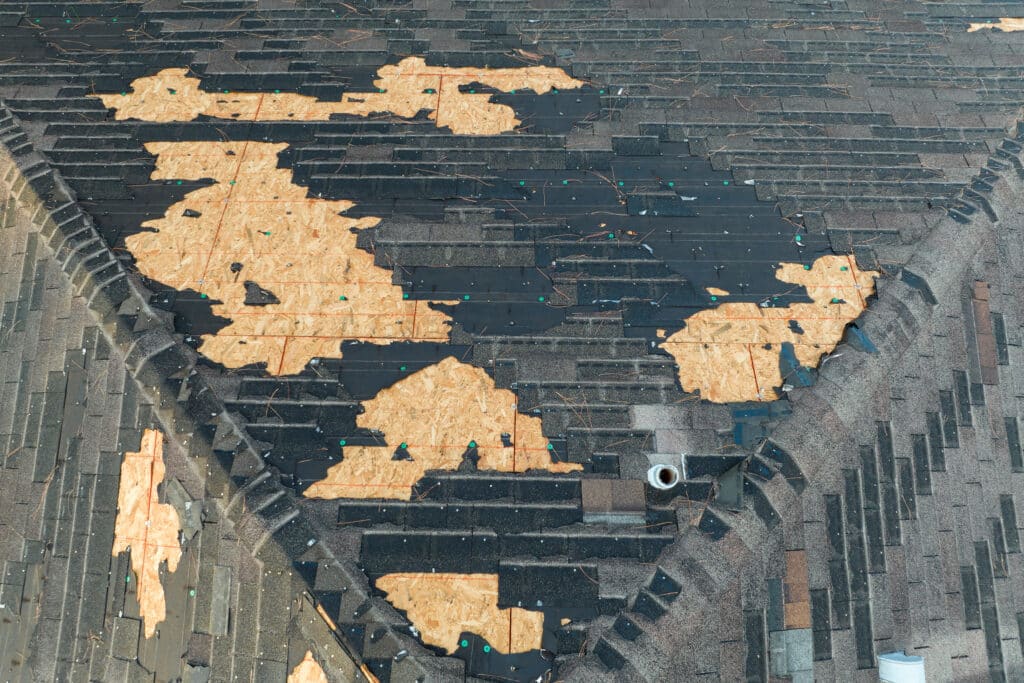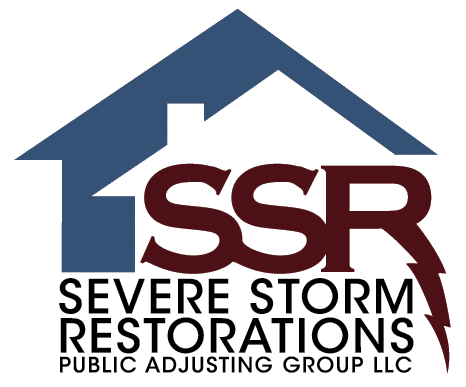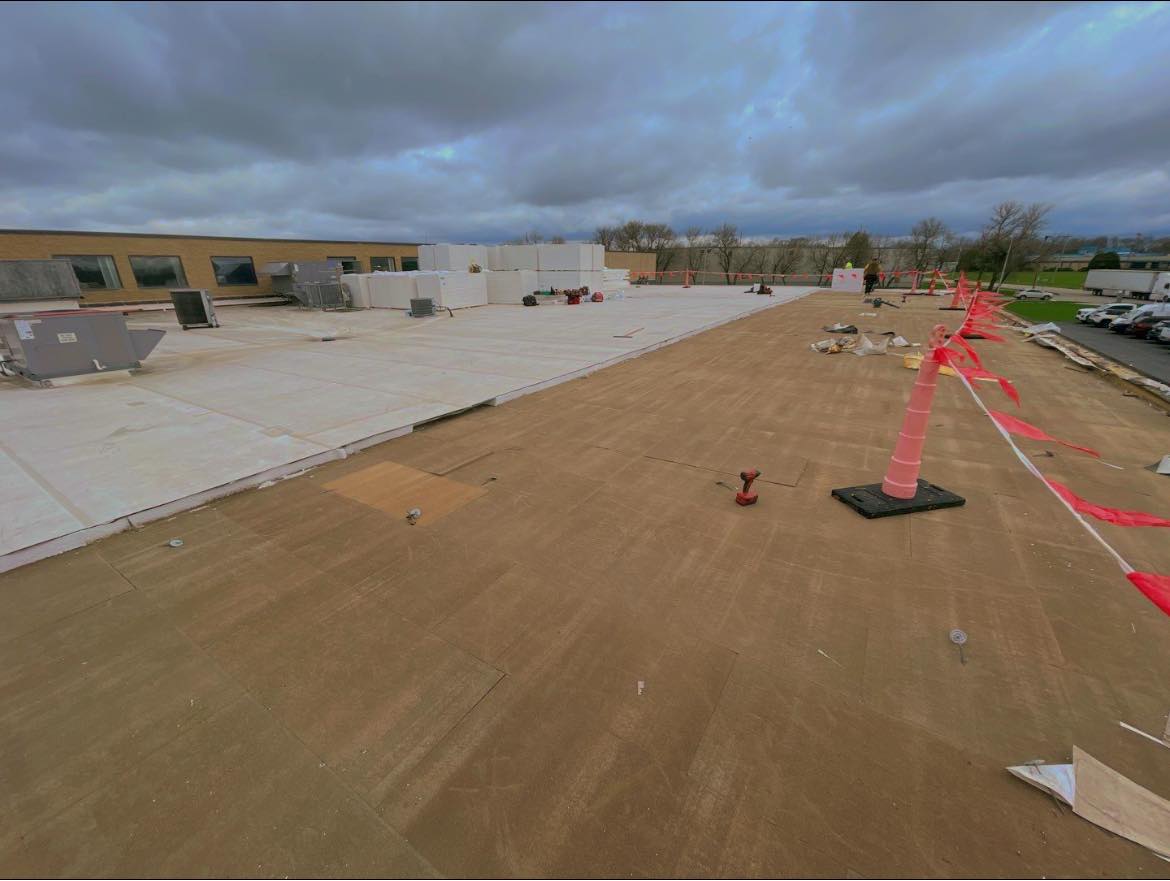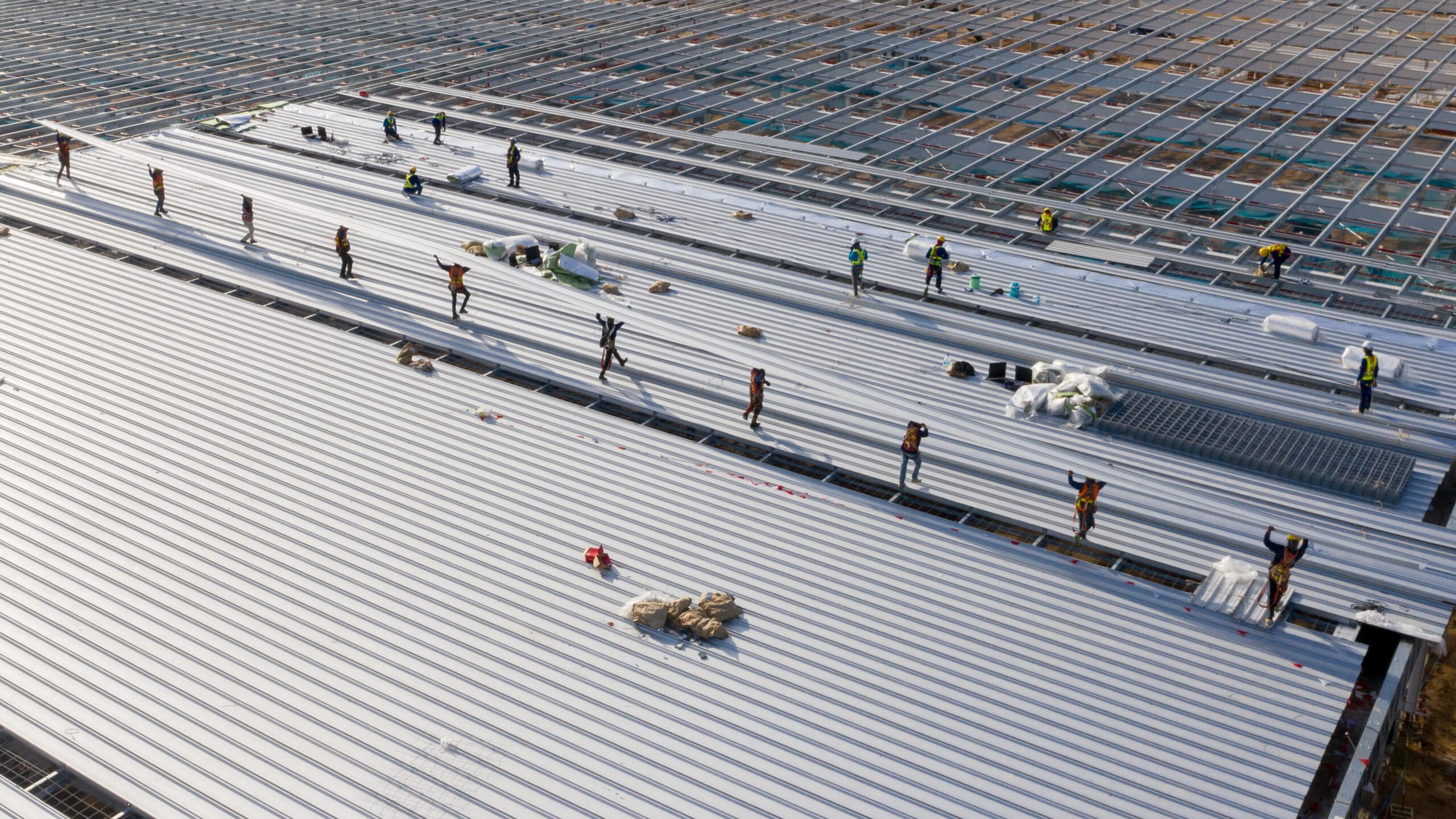Storms can cause significant damage to properties, leaving homeowners and business owners grappling with repairs and insurance claims. Understanding the different types of storm damage and how to identify them early can help mitigate further issues and expedite the restoration process. Here are the common types of storm damage—hail, wind, water, and fire—and tips on how to recognize them.
1. Hail Damage: Types of Storm Damage
Hailstones can vary in size, from small pellets to large, golf ball-sized chunks of ice. Even smaller hailstones can cause considerable damage, particularly to roofs, siding, windows, and vehicles.
Signs of Hail Damage:
- Roof: Look for dents, bruises, or cracks on shingles. Asphalt shingles may lose granules, appearing as dark spots. Metal roofs can show visible dents.
- Siding: Check for cracks, holes, or dents on siding materials.
- Windows: Look for cracked or shattered glass, and check window frames for dents.
- Gutters and Downspouts: Dents or damage to gutters and downspouts can indicate hail impact.
Early Identification Tips:
- Conduct a visual inspection of your roof and exterior walls after a hailstorm.
- Check your attic for leaks or water stains, as hail damage can cause roof punctures.
- Hire a professional inspector for a thorough assessment, as some damage may not be immediately visible.

2. Wind Damage: Types of Storm Damage
High winds can cause significant damage, especially during severe storms or tornadoes. Wind damage often affects roofs, siding, fences, and trees.
Signs of Wind Damage:
- Roof: Look for missing, lifted, or curled shingles. Check for loose flashing or damage to roof vents.
- Siding: Inspect for loose, cracked, or missing siding panels.
- Trees: Look for broken branches, fallen trees, or trees leaning dangerously.
- Fences: Check for loose or broken fence posts and panels.
Early Identification Tips:
- Inspect your roof and siding after a storm, paying close attention to the edges and corners.
- Look for debris around your property, as it may indicate damage.
- Trim trees and remove dead branches regularly to prevent them from causing damage during high winds.

3. Water Damage: Types of Storm Damage
Heavy rain, flooding, and storm surges can lead to water damage, affecting both the exterior and interior of properties. Water damage can cause structural issues, mold growth, and damage to personal belongings.
Signs of Water Damage:
- Roof and Ceiling: Look for water stains, sagging ceilings, or dripping water.
- Walls: Check for peeling paint, wallpaper, or visible mold growth.
- Basement and Foundation: Look for standing water, dampness, or cracks in the foundation.
- Floors: Check for warped or buckled flooring, especially in basements and lower levels.
Early Identification Tips:
- Regularly inspect your roof for leaks and maintain gutters to prevent water buildup.
- Install a sump pump in your basement to manage water intrusion.
- Seal cracks in your foundation and ensure proper drainage around your property.
4. Fire Damage: Types of Storm Damage
Lightning strikes during storms can cause fires, leading to extensive damage to homes and businesses. Fire damage affects structural components, personal belongings, and can leave lingering smoke odors.
Signs of Fire Damage:
- Structural Damage: Look for charred walls, ceilings, or floors.
- Smoke Damage: Check for soot and discoloration on walls, ceilings, and personal items.
- Odor: Persistent smoke odor indicates fire damage.
- Electrical Systems: Inspect for damage to wiring and electrical panels, as fires can compromise electrical safety.
Early Identification Tips:
- After a storm, inspect your property for any signs of fire or smoke damage.
- Install and regularly check smoke detectors throughout your home or business.
- Ensure your electrical systems are up to code and have surge protectors in place.

Conclusion on Types of Storm Damage
Early identification types of storm damage can prevent minor issues from becoming major problems. Regular inspections, prompt repairs, and professional assessments are essential in maintaining the integrity of your property. If you suspect your property has sustained storm damage, contact Severe Storm Restorations LLC at 855-742-7663 for a thorough inspection and expert restoration services. Our team is here to help you recover swiftly and efficiently from any storm-related damage.


